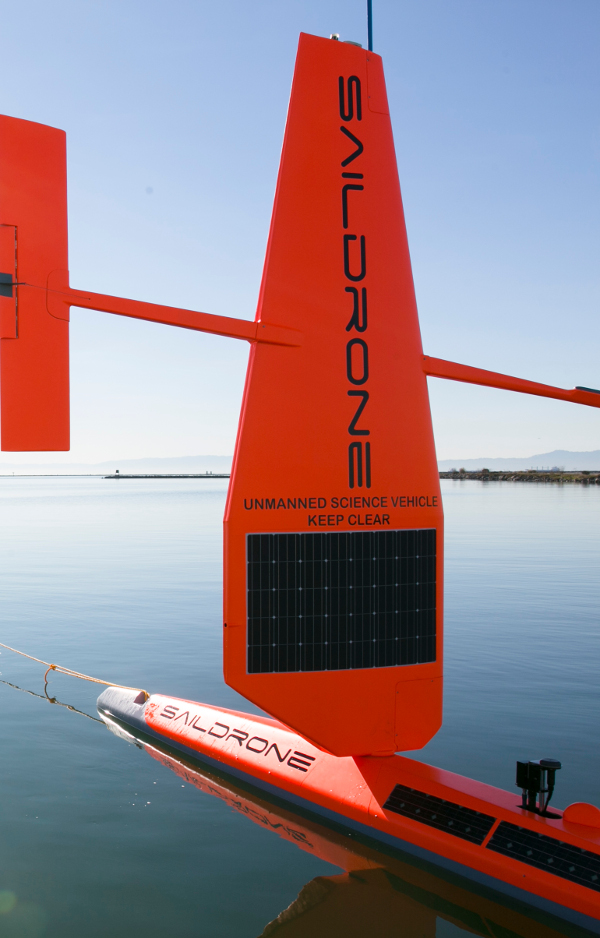Saildrones set for sea data

CSIRO’s new Saildrones are high-tech, unmanned vehicles that can stay at sea for up to twelve months, measuring and monitoring sea-surface temperature, salinity, ocean carbon, and biota.
Their first task will be to help paint a more detailed picture of the ocean off the Gippsland coast in Victoria.
The Saildrones are being deployed as part of research to test and validate technologies used for future carbon capture and storage (CCS) projects.
“The fleet of Saildrones may be small in stature, but their ability to autonomously monitor and collect rich streams of data at sea for up to twelve months makes them truly unique in terms of the value they can deliver industry, the research community and ultimately our biggest customer – the nation,” said CSIRO Chief Executive Dr Larry Marshall.
Saildrones are remotely controlled and constantly stream data to servers that can be accessed around the world.
This means they can be reprogrammed to collect different types of data quickly instead of coming back to shore to change over equipment or sensors.
CSIRO has equipped each Saildrone with a powerful set of ocean chemistry, meteorological and marine acoustic sensors.
These sensors will capture and send live data back to the research team to analyse.
Two Saildrones will be sent to collect data in the Gippsland Basin that will inform methods for monitoring future CCS sites.
Other plans include sending the vehicles to hard-to-reach places, like the Southern Ocean, where they will be able to gather unprecedented climate and ocean data.
The fleet is expected to set sail this weekend.







 Print
Print